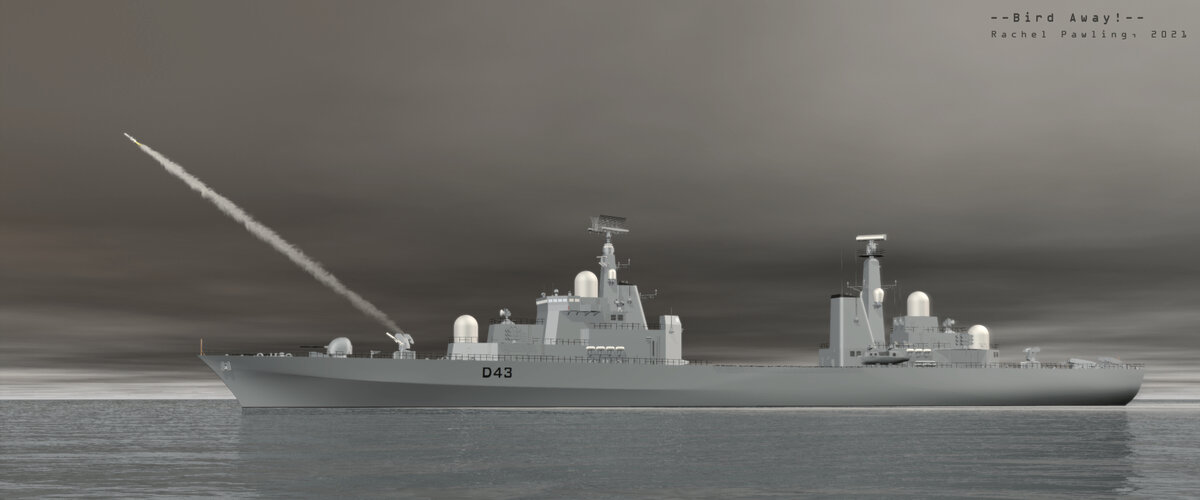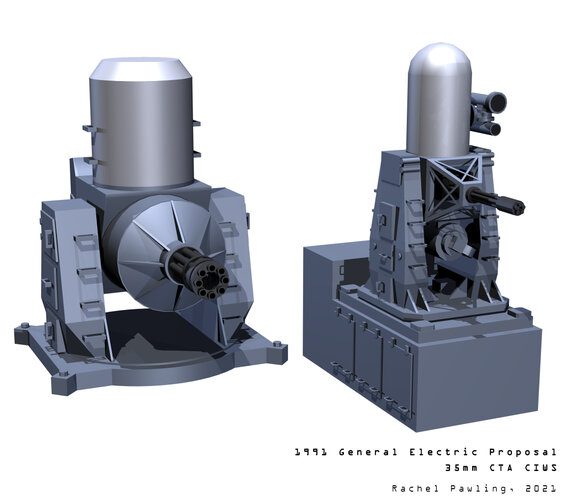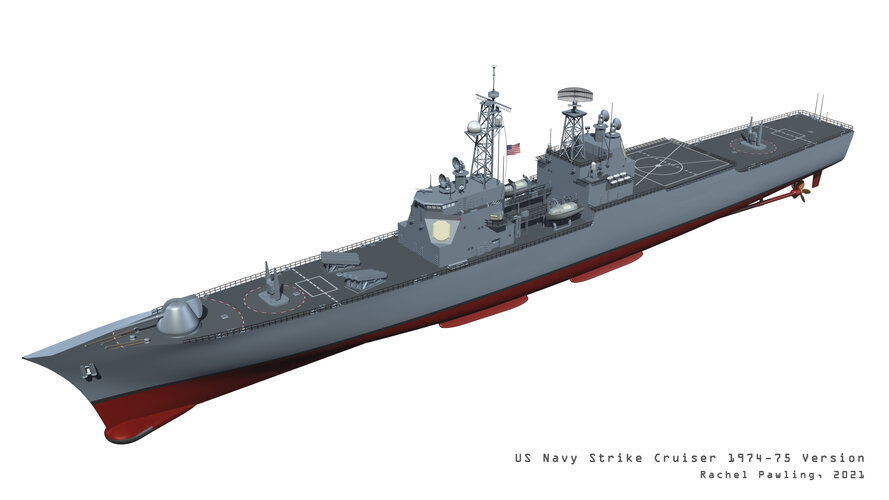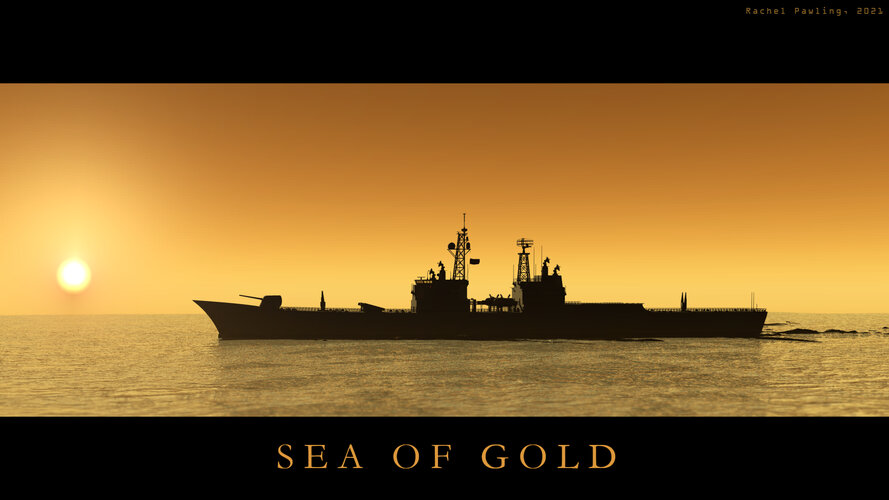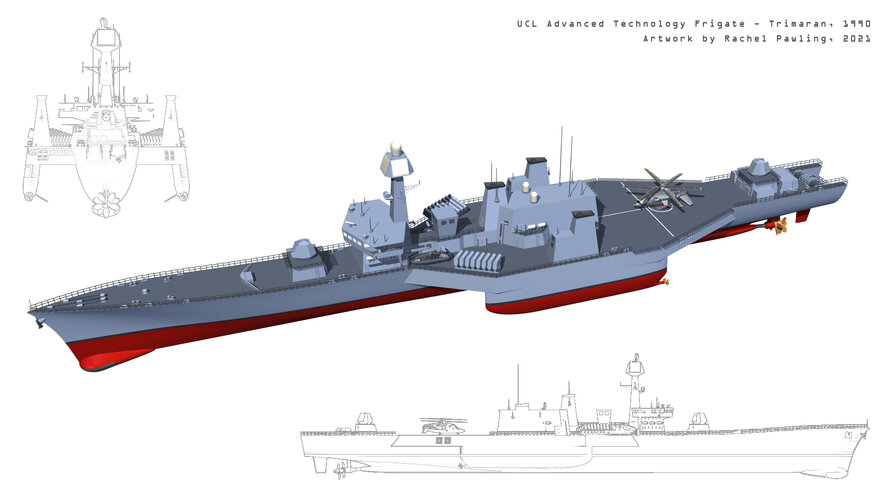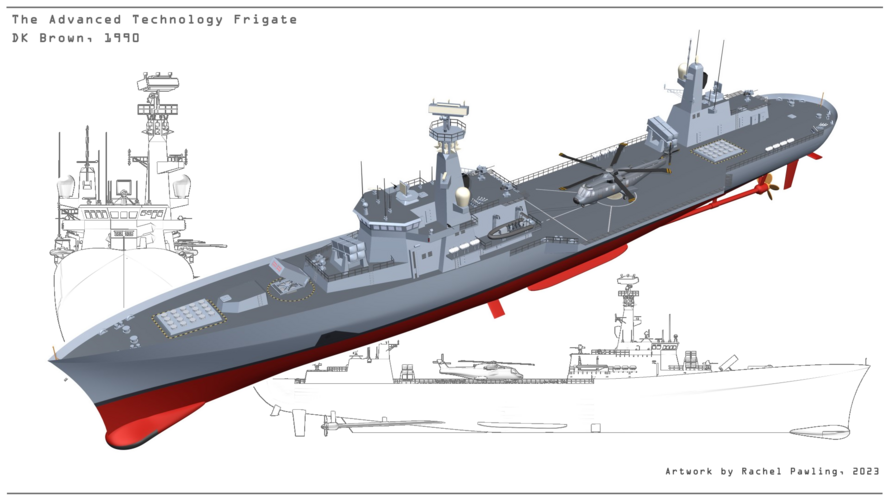- Joined
- 6 September 2006
- Messages
- 4,833
- Reaction score
- 9,445
Damn that refit looks good, turns a destroyer into a cruiser, I don't think it would be an exaggeration to say this would have been among the world's most potent air-defence assets if not the best of the 2000s.
I am surprised there are no Phalanx on her, if nothing else for last ditch defence.
I am still no fan of the midships helicopter deck, the ship designer's might have been smart but it does look small even with a Lynx on it, trying to land a Merlin in high winds and swell would get the pilot in a sweat.
I wonder in those conditions if electrostatic discharge might have been a problem given the proximity of so much structure around the landing area?
I am surprised there are no Phalanx on her, if nothing else for last ditch defence.
I am still no fan of the midships helicopter deck, the ship designer's might have been smart but it does look small even with a Lynx on it, trying to land a Merlin in high winds and swell would get the pilot in a sweat.
I wonder in those conditions if electrostatic discharge might have been a problem given the proximity of so much structure around the landing area?



